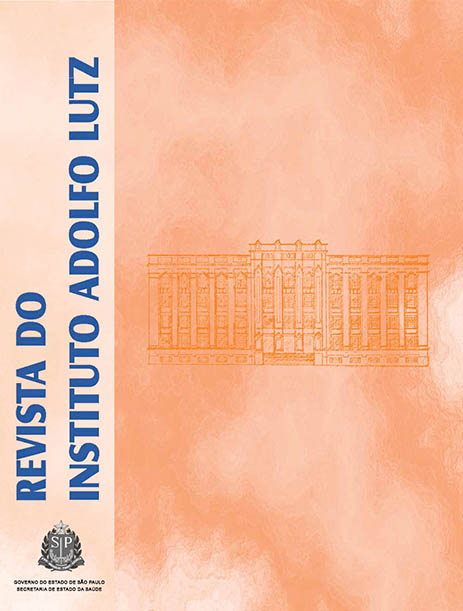Physicochemical characteristics and total antioxidant activity of red and white pitaya
Keywords:
cerrado fruit, antioxidant activity, phenolics, vitamin C
Abstract
This study aimed at evaluating the physicochemical characteristics and the total antioxidant activity (TAA) of the red and white pytaias peel and pulp. Centesimal composition, vitamin C, total phenolics and TAA were determined in pitayas pulp and peel samples. TAA was determined by using two methodologies: β-carotene/linoleic acid system and free DPPH radical for scavenging activity. Both the pitayas peels and pulps showed high moisture content and low protein and lipid contents. The total food fiber and ashes contents were significantly higher in pitayas peels, and the highest glucide contents and of energy were found in the pulps. The average contents of vitamin C ranged from 17.73 to 20.69 (mg.100 g-1) in pulps and from 22.21 to 24.05 (mg.100 g-1) in peel samples. The red pitaya peel showed the lowest total phenolics contents (77.22 mg EAG.100g-1). The pitayas samples demonstrated a high TAA in beta-carotene/linoleic acid system methodology and low TAA by DPPH. The red pitaya showed the highest TAA values, especially in pulp samples. The antioxidant and the chemical characteristics of the red and white pitayas may contribute to a beneficial diet for human health.
Published
2012-12-01
How to Cite
Abreu, W. C. de, Lopes, C. de O., Pinto, K. M., Oliveira, L. A., Carvalho, G. B. M. de, & Barcelo, M. de F. P. (2012). Physicochemical characteristics and total antioxidant activity of red and white pitaya. Revista Do Instituto Adolfo Lutz, 71(4), 656-661. Retrieved from https://periodicoshomolog.saude.sp.gov.br/index.php/RIAL/article/view/32480
Issue
Section
ORIGINAL ARTICLE










